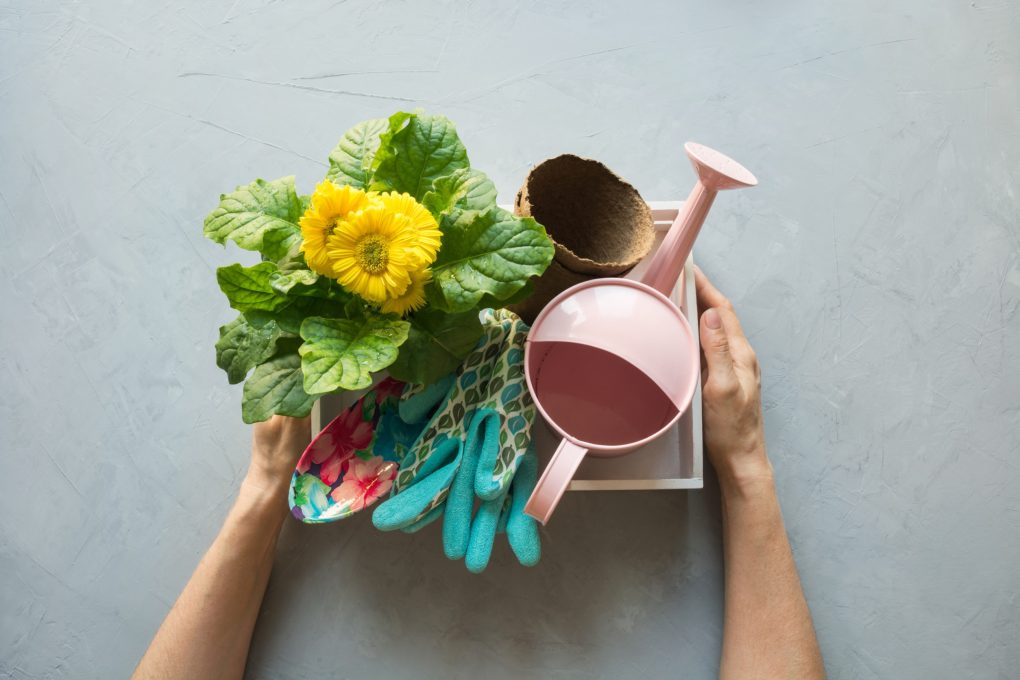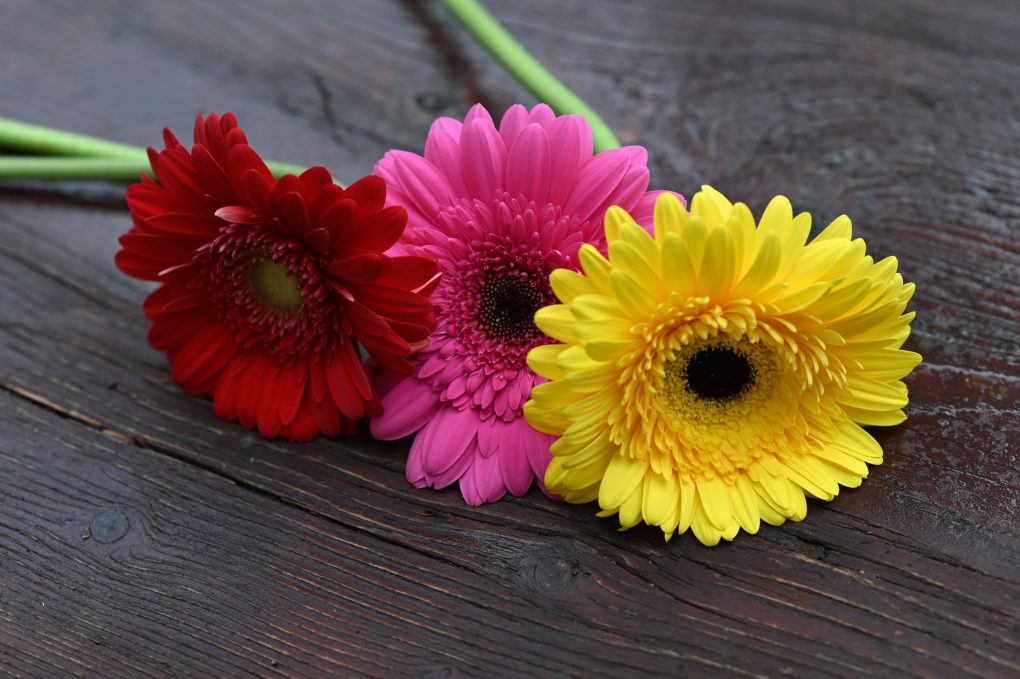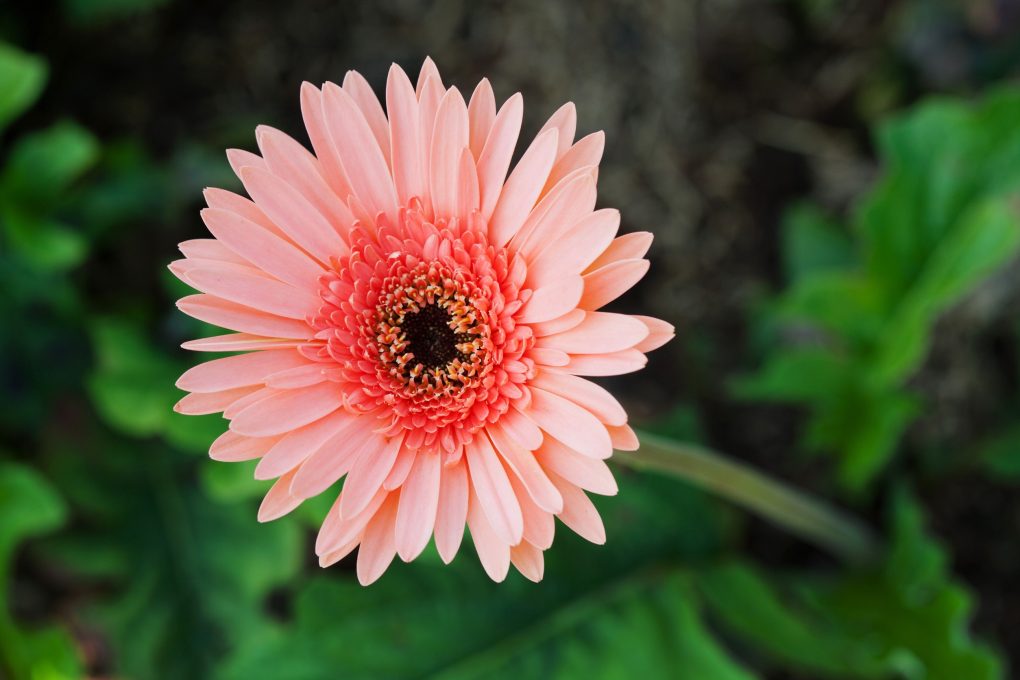Planting Gerbera Daisies in the Ground: Everything You Need to Know
Yes, you can plant Gerbera Daisies in the ground. These colorful perennials thrive in well-draining soil, so choosing a location with good drainage is important to avoid root rot.

To ensure the best growth, plant Gerbera Daisies in a spot with full sun to partial shade, as they need at least 5-6 hours of sunlight each day. Additionally, space the plants about 12-18 inches apart to accommodate their size and promote healthy air circulation. Finally, be sure to water them regularly, keeping the soil consistently moist but not soggy.
Table of Contents
Pros and Cons of Planting Gerbera Daisies in the Ground

When considering planting Gerbera daisies in your garden, it’s important to weigh the pros and cons to make an informed decision. Here are the advantages and disadvantages of planting Gerbera daisies directly in the ground:
Pros
1. Long-lasting blooms: Gerbera daisies produce vibrant and colorful blooms lasting for weeks, adding beauty to your garden.
2. Variety of colors: These daisies come in a wide range of colors, allowing you to create stunning visual displays and enhance the aesthetic appeal of your outdoor space.
3. Low maintenance: Gerbera daisies are relatively easy to care for once established in the ground. They require regular watering and well-drained soil, but overall, they are low-maintenance plants.
4. Attracts pollinators: Gerbera daisies’ bright and showy blooms attract pollinators such as bees and butterflies, promoting a healthy garden ecosystem.
5. Cut flowers: Gerbera daisies make excellent cut flowers, perfect for creating beautiful floral arrangements or adding a pop of color to your indoor space.
Cons
1. Sensitive to cold: Gerbera daisies are sensitive to cold temperatures and frost. If you reside in a location with severe winters, it might be necessary to give your plants additional protection or opt to cultivate them as annuals.
2. Prone to root rot: These daisies prefer well-drained soil and can be prone to rot if the soil becomes waterlogged. Proper drainage is crucial to prevent this issue.
3. Pest susceptibility: Gerbera daisies are susceptible to pests such as aphids, spider mites, and whiteflies. Regular monitoring and appropriate pest control measures may be necessary to keep your plants healthy.
4. Limited lifespan: While Gerbera daisies can produce beautiful blooms, they have a relatively short lifespan compared to other perennial flowers. They typically last for a few years before declining in vigor.
Planting Gerbera Daisies

Preparing the Soil
Before planting gerbera daisies in the ground, it is important to prepare the soil properly. Start by spading the soil to a depth of about 8 to 10 inches. After this, dig into the hole about 1 to 2 inches of organic matter. Good things to use are compost or manure. Gerbera daisies need excellent drainage, so it is important to ensure the soil is not too heavy or clay-like. If the soil stays soaked for long, the plant will develop crown rot and die.
Planting Gerbera Daisies in the Ground
Once the soil is prepared, carefully take your gerbera daisy and plant it into the prepared location. Make sure the crown of the plant is above the soil line. Set the daisies 12 to 18 inches apart to allow the air to flow more around them, making them less likely to get powdery mildew. Plant them well above ground level, so their crowns aren’t as likely to rot.
Watering and Fertilizing
Gerbera daisies need to be watered regularly. Keep the soil moist but not waterlogged. Water the plants in the morning or evening to avoid evaporation during the hot part of the day. To keep your plants healthy, it’s recommended to fertilize them every two weeks with a balanced fertilizer. Be careful not to get the fertilizer on the leaves or flowers.
Mulching
Caring for gerbera daisies involves mulching, which is essential for retaining moisture in the soil, preventing weeds, and regulating soil temperature. To do this, apply a layer of organic mulch like bark, straw, or leaves around the plant’s base, ensuring that the crown is not covered. The mulch should be about 2-3 inches deep and replenished yearly.
Pruning
Pruning gerbera daisies is essential for maintaining their shape and promoting healthy growth. A deadheading will encourage the plant to produce more flowers. Cut off the stem just above the first set of leaves below the flower. Remove any yellow or diseased leaves as they appear to prevent the spread of disease. Cut the entire plant by one-third in mid-summer to encourage new growth and a second flush of blooms.
Pest and Disease Control
Gerbera daisies are relatively pest and disease resistant but can still be susceptible to certain problems. Aphids, spider mites, and thrips can be controlled with insecticidal soap or neem oil. Fungal diseases such as powdery mildew and botrytis can be prevented by providing good air circulation and avoiding overhead watering. If disease does occur, remove affected leaves and treat with a fungicide if necessary.
